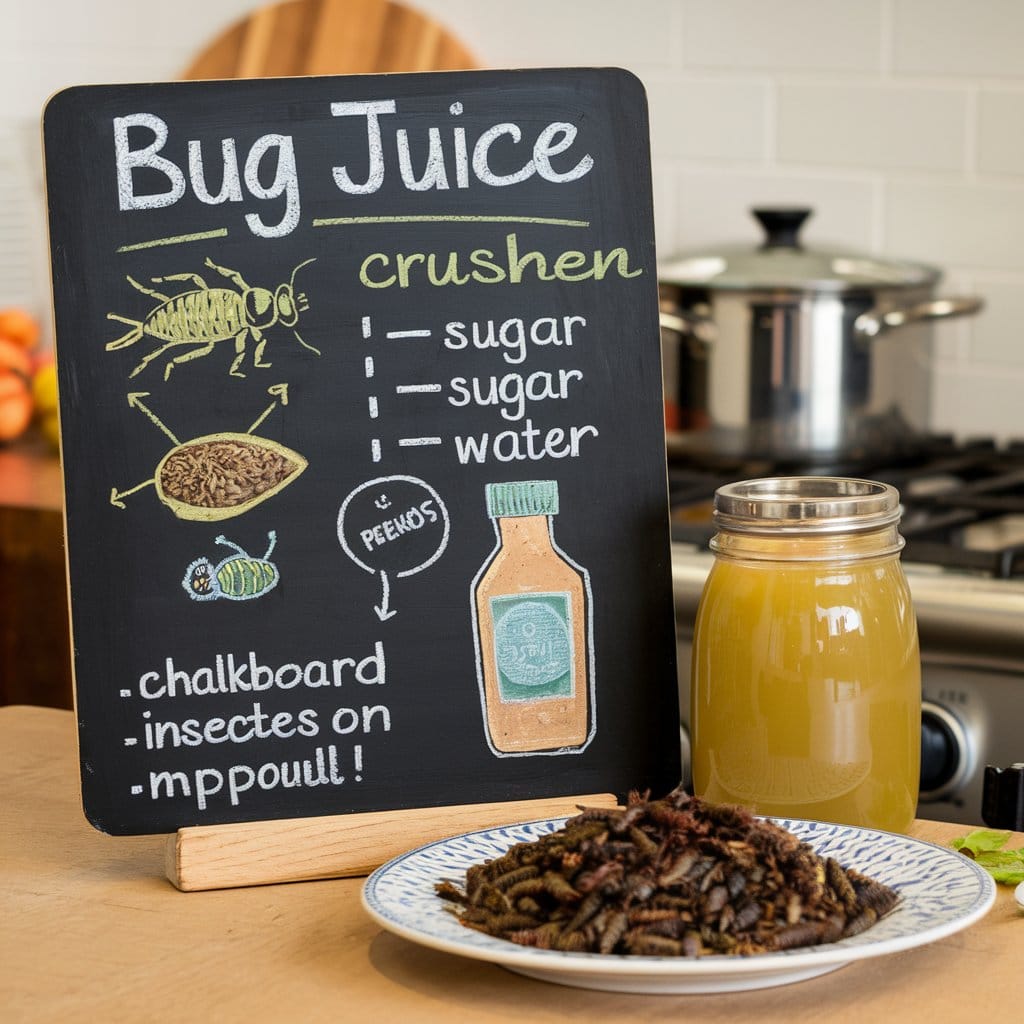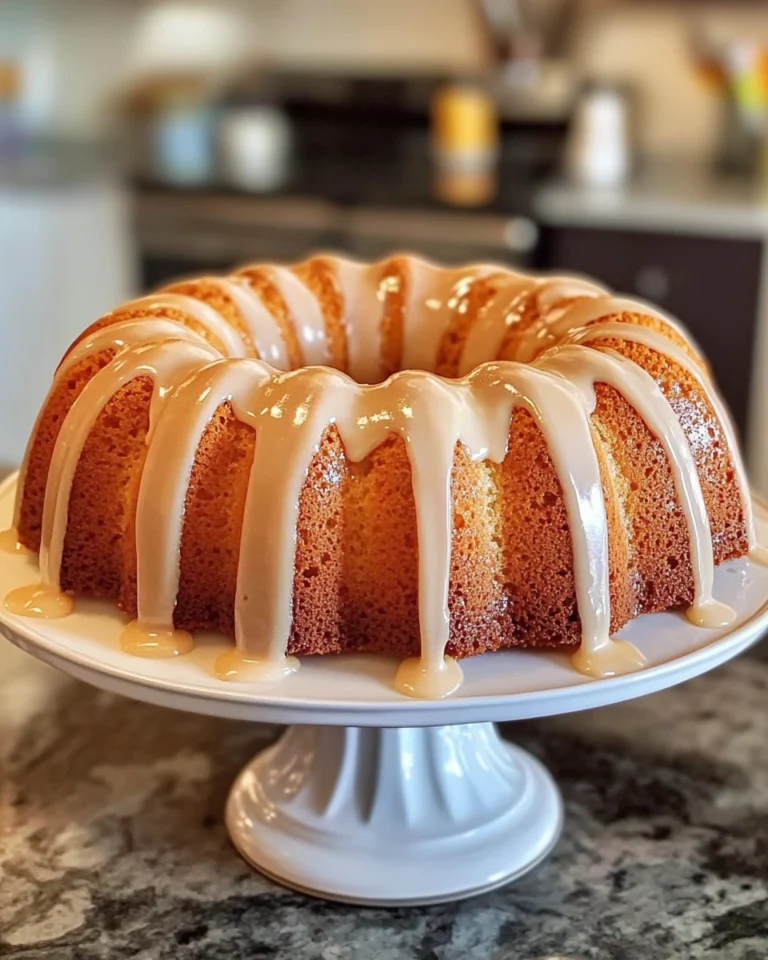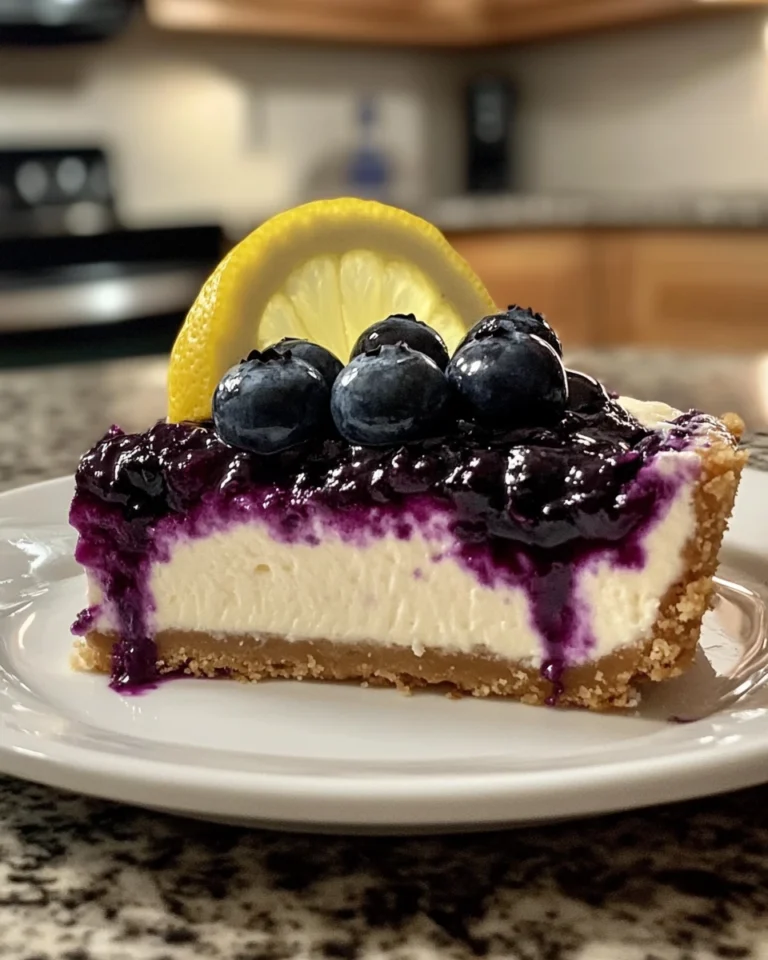What was Bug Juice Drink?
The Bug Juice drink is a name that brings back memories for many who grew up in the 1990s and early 2000s. Known for its bright colors and sweet, fruity flavors, Bug Juice was more than just a beverage. It was a childhood staple, especially at summer camps and outdoor events. The drink became a cultural phenomenon, fondly remembered by those who enjoyed it during their younger years.
History of Bug Juice
Bug Juice hit the market in the mid-1990s and quickly became a favorite among children. It was marketed as a children’s beverage that captured the fun and carefree spirit of summer. The name “Bug Juice” was inspired by a nickname for sugary, fruit-flavored drinks often served at summer camps. This playful branding, combined with a variety of fruity flavors, made it an instant hit. Its popularity grew in the late 1990s, making it a go-to drink for kids.
The Inspiration Behind Bug Juice
Before Bug Juice was a product, the term “bug juice” was already in use. At summer camps across the U.S., “bug juice” referred to any sugary, brightly-colored drink served in large dispensers. These drinks were often cheap and full of artificial flavors and colors, a staple of the camp experience. The creators of Bug Juice saw potential in this nostalgia and bottled that summer camp magic to sell to the masses.
By associating itself with summer activities and camp culture, Bug Juice became more than just a drink. According to the official Bug Juice website, the brand’s strategy was to create a fun, engaging experience that appealed to children and parents alike. This strategy, along with its eye-catching packaging, helped Bug Juice stand out. The Bug Juice Camp Drink Recipe: Classic and Modern Twists even offers ways to recreate the drink at home, in both its classic form and with modern variations.
The Early Marketing and Launch
Bug Juice’s initial marketing campaigns were aimed at children and their parents. Ads ran during children’s TV shows and cartoons, taking advantage of the times when kids were most likely to be watching. The commercials were full of bright imagery, catchy jingles, and a sense of fun. This made the product hard to resist.
The packaging was also a key part of its appeal. Bug Juice bottles were brightly colored, with cartoon bugs and fun typography that stood out on store shelves. This vibrant packaging and engaging marketing made it attractive to kids and an easy sell for parents looking for a quick, refreshing drink.
Rise to Popularity
Bug Juice’s popularity continued to grow in the late 1990s. Schools and summer camps began stocking the drink, making it a popular choice for parties and gatherings. Its affordability and appeal to children made it common in lunch boxes and at picnics. The drink also benefited from the rise of convenience stores and the trend of on-the-go snacks, as it was often sold in single-serving bottles.
Ingredients and Flavors of Bug Juice
Bug Juice’s success was due in part to its appealing and affordable formula. The drink was primarily made from water, high-fructose corn syrup, and artificial flavors and colors. This combination gave Bug Juice its distinct sweet, fruity taste that kids loved.
Understanding the Ingredients
Bug Juice was made from water, high-fructose corn syrup, artificial flavors, and colors. These ingredients were chosen to ensure the drink was both sweet and visually appealing, key factors in attracting a young audience.
- High-Fructose Corn Syrup: This was the main sweetener. It is cheaper than regular sugar, which helped keep production costs low. However, its use has been linked to health concerns, including obesity and diabetes, contributing to the drink’s later decline in popularity.
- Artificial Flavors and Colors: These ingredients created the drink’s vibrant colors and bold flavors. The colors ranged from bright red to electric blue, with flavors like Fruit Punch, Berry Blast, and Tropical Twist. The intense flavors made the drink memorable and popular among children.
A Variety of Flavors
Bug Juice came in a wide range of flavors to suit different tastes. Some of the most popular were:
- Fruit Punch: A classic flavor, often found at summer camps and events.
- Lemonade: A tangy, refreshing choice perfect for hot days.
- Berry Blast: A mix of berry flavors that was both sweet and slightly tart.
- Tropical Twist: A blend of tropical fruits that brought a taste of the islands to the drink.
- Orange Cream: A unique flavor reminiscent of a creamsicle, offering a sweet and creamy taste.
These flavors, along with the drink’s bright colors, were key to its appeal. For a full list of ingredients and nutritional details, visit the Bug Juice Wikipedia page.
The Health Debate
While Bug Juice was popular, it wasn’t without critics. Health advocates and nutritionists quickly pointed out its high sugar content and artificial ingredients. As people became more aware of the health risks associated with high-fructose corn syrup and artificial additives, Bug Juice faced more scrutiny. Parents began to worry about what their children were drinking, and schools and camps started to reconsider their beverage choices.
Marketing Strategies for Bug Juice
Bug Juice’s success wasn’t just about its taste and flavors. The brand used several creative marketing strategies to capture the imagination of young consumers.
Television and Print Advertising
Bug Juice commercials were a regular feature during children’s TV shows in the 1990s. These ads used bright colors, catchy jingles, and fun animations that stayed with viewers. The commercials often showed children enjoying Bug Juice in various fun settings, like summer camps and playgrounds, reinforcing the idea that it was a drink for fun times.
Engaging Packaging
Packaging was another key part of Bug Juice’s marketing strategy. The bottles were as colorful and engaging as the drink itself. Featuring cartoon bugs, bold fonts, and bright colors, the packaging was designed to catch the eye of children shopping with their parents.
Bug Juice also released limited-edition packaging designs for holidays and seasons, keeping the product fresh and exciting for young consumers.
Strategic Partnerships and Sponsorships
Bug Juice benefited from strategic partnerships with summer camps, schools, and children’s organizations. By providing their product at these places, Bug Juice ensured that kids would associate it with fun experiences. This increased brand loyalty and created demand among children who wanted to enjoy the drink at home.
Leveraging Pop Culture
Bug Juice’s marketing went beyond traditional ads. The drink became part of pop culture, including being featured in the Disney Channel series “Bug Juice.” This show, which aired in the early 2000s, followed kids at a summer camp, further linking the drink to fun summer activities.
The Cultural Impact of Bug Juice
Bug Juice wasn’t just a drink; it became a part of the cultural landscape of the 1990s. Its connection to summer camps and outdoor activities made it a beloved beverage among kids, symbolizing youthful freedom and fun. The drink even inspired a Disney Channel series, embedding it in the memories of a generation.
A Symbol of Childhood
For many, Bug Juice is more than just a drink. It represents a time in life when things were simpler and more carefree. The drink’s ties to summer camps, school picnics, and childhood parties have made it a nostalgic favorite for those who grew up in the 1990s.
The bright colors and sweet flavors remind people of warm summer days, playing outside, and sharing a bottle of Bug Juice with friends. It became a cultural icon, representing the joy and freedom of childhood.
Influence on Modern Beverages
Bug Juice also influenced other children’s beverages. Its success showed there was a market for kid-focused drinks, leading to similar products. Other companies began creating their own brightly colored, sweet drinks aimed at young consumers, creating a new market segment for children’s drinks.
The Decline and Transformation of Bug Juice
Despite its early success, Bug Juice began to lose popularity in the early 2000s as consumer preferences shifted toward healthier options. The drink’s high sugar content and artificial ingredients led to a decline in sales. In response, the brand tried to reformulate its product with healthier alternatives, but these changes were not well-received. For more details, see Why Was Bug Juice Discontinued?, which explains the reasons behind its decline.
Changing Consumer Preferences
In the 2000s, consumers became more aware of health and nutrition. Parents became more cautious about what they were giving their kids, turning away from sugary, artificially flavored drinks like Bug Juice. Schools and camps, under pressure from parents and health advocates, began to ban or limit sugary drinks, choosing healthier options like water, milk, and natural fruit juices.
Attempts at Rebranding and Reformulation
To address these concerns, the makers of Bug Juice tried to reformulate the drink to contain less sugar and fewer artificial ingredients. They also tested new flavors and packaging to modernize the brand and appeal to a new generation of health-conscious consumers. However, these changes did not have the desired effect. The new drinks lacked the intense flavors and bright colors that had made Bug Juice so popular.
The Nostalgia Factor
While Bug Juice may not be as popular as it once was, it still has a special place in the hearts of those who grew up with it. Today, Bug Juice is often marketed as a nostalgic product, appealing to adults who want to relive a piece of their childhood. Specialty stores and online retailers continue to sell Bug Juice, often in its original formula, as a throwback product.
Is Bug Juice Still Available?
Yes, Bug Juice is still available today, though it’s not as widely distributed as it once was. The drink is mainly sold online and in select stores, marketed as a nostalgic throwback for those who remember it from their childhood. Recently, the brand has experimented with new flavors and updated packaging to attract a new generation of consumers.
Where to Find Bug Juice Today
If you’re looking for Bug Juice, check specialty stores that focus on nostalgic products or browse online marketplaces. The drink is often sold in bulk or as part of retro-themed packages. You might also find it in some convenience stores or small markets that carry niche or novelty items.
Modern Variations
There have been attempts to introduce new versions of Bug Juice, including low-sugar options, organic choices, and vitamin-enriched formulas. These modern versions aim to provide a healthier twist on the classic drink. However, they haven’t achieved the same popularity as the original.
Frequently Asked Questions (FAQs) About Bug Juice
- Why is it called Bug Juice?
The name “Bug Juice” comes from a nickname for sugary, fruity drinks served at summer camps, where insects might occasionally be attracted to the sweet scent. - What are the main ingredients in Bug Juice?
The primary ingredients in Bug Juice include water, high-fructose corn syrup, artificial flavors, and colors. - Is Bug Juice still being made?
Yes, Bug Juice is still being produced and can be found online and in select stores. - What flavors did Bug Juice have?
Bug Juice was available in several flavors, including Fruit Punch, Lemonade, Berry Blast, Tropical Twist, and Orange Cream. - Why did Bug Juice decline in popularity?
The decline was due to changing consumer preferences toward healthier beverages and increased awareness of the health risks associated with high-sugar, artificially flavored drinks.
Conclusion
Bug Juice may not have the widespread popularity it once did, but it remains a fond memory for many. Its unique branding, playful flavors, and connection to carefree childhood days have secured its place in the history of nostalgic beverages. While the market has shifted toward healthier options, Bug Juice still offers a sweet taste of the past for those who seek it. By exploring its history, ingredients, and cultural impact, we can appreciate Bug Juice’s special place in the beverage world—a reminder of a time when fun and flavor were the main ingredients.
Bug Juice’s story is a fascinating example of how a product can capture a generation’s imagination, become a cultural touchstone, and adapt to survive in a changing market. While its peak popularity may be over, the drink still holds a special place for those who grew up with it, serving as a delicious reminder of the joy and simplicity of childhood.
For anyone craving a taste of nostalgia, Bug Juice is still available, a testament to the enduring appeal of a drink that dared to be different.







